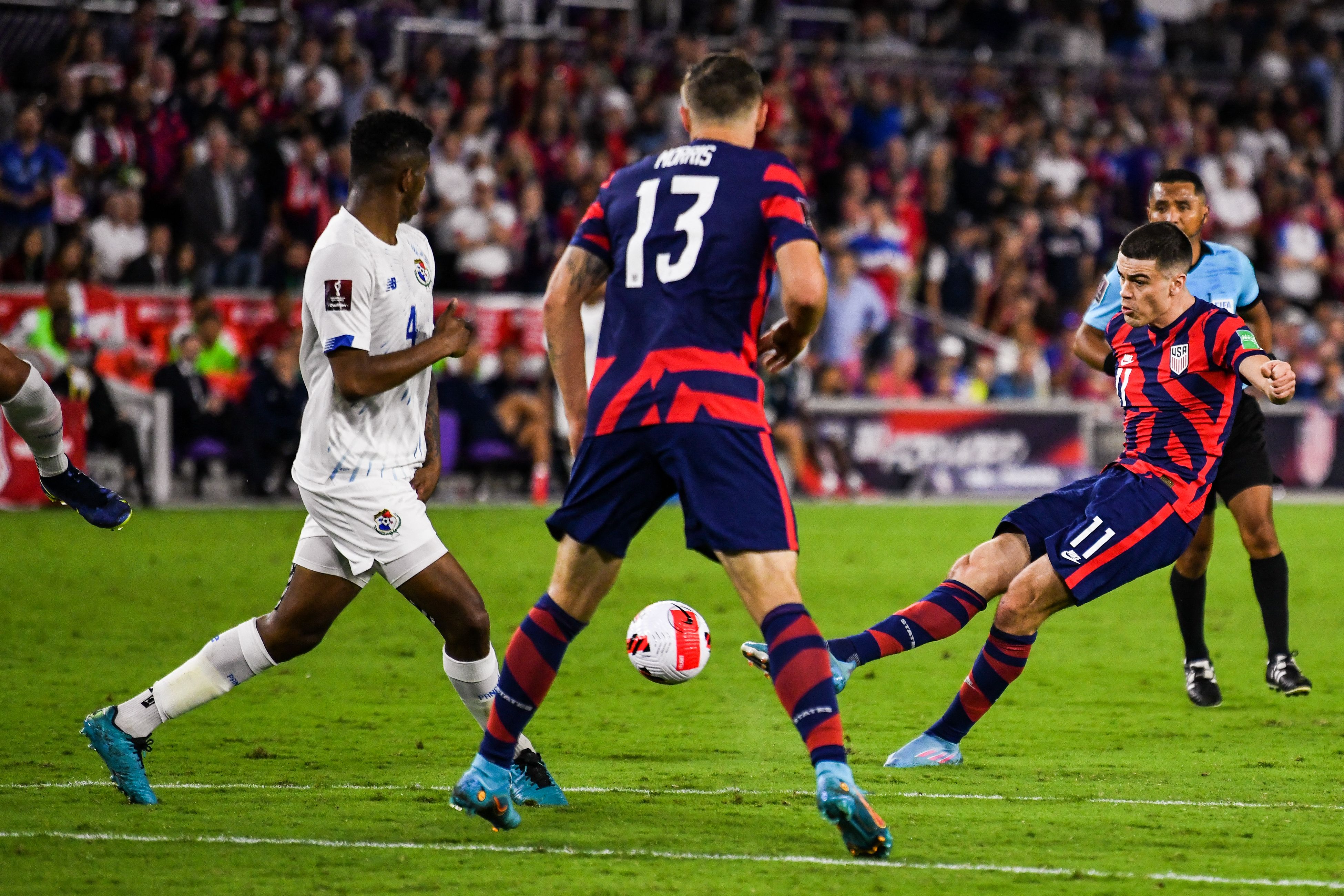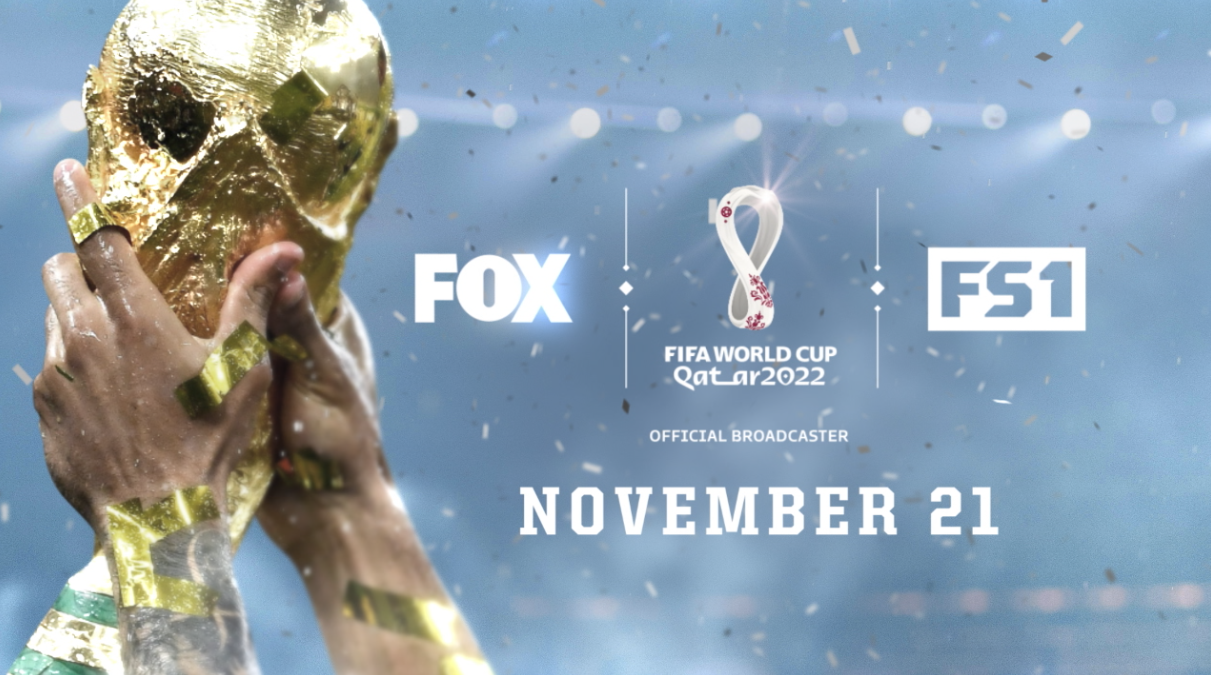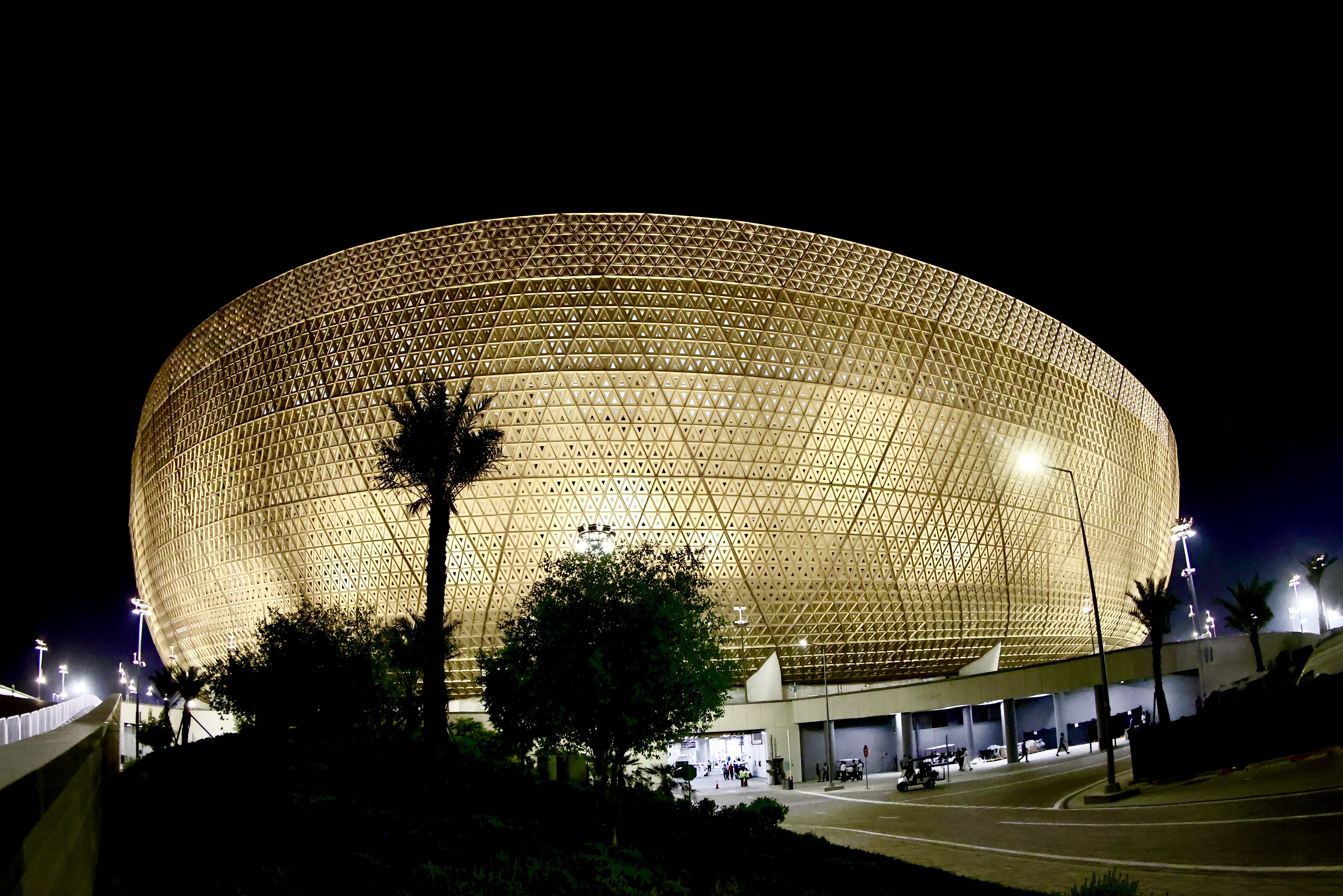Fox Sports Ready for 4K/HDR FIFA World Cup
World’s largest sporting event expected to attract 5 billion viewers

DOHA, QATAR—Imagine such a massive sporting event: Ten venues, including eight stadiums, all within a 45-minute radius. Sixty-four matches in just less than a month, plus a fan fest. And the potential for an audience of 5 billion viewers worldwide, according to the International Federation of Association Football.
That can only be the 2022 FIFA World Cup.
Fox Sports, the U.S. broadcaster for the event, will shoot and broadcast all matches in native 4K HDR, with studio programming to be upscaled from 1080p HDR to 4K HDR, according to Kevin Callahan, vice president of field operations for the network. Domestic coverage begins Sunday, Nov. 20 and wraps up with the final, Dec. 18 at Lusail Stadium.

Fox Sports anticipates huge audiences will be focused on their screens of choice across Fox, FS1 and the Fox Sports app. That means Kevin Callahan, vice president of field operations for Fox Sports, and the 150-plus-member crew will be working within a huge production to meet bigger expectations.
Two Nerve Centers
In early October, Callahan and company were getting down to the nitty-gritty of the enormous undertaking, which started with building two nerve centers: The Fox transmission facility at the Qatar National Convention Centre, the home of the International Broadcast Center. The facility will accommodate more than 75 broadcasters.

“All of the broadcasters will have a presence there and their feeds will be shared between the countries,” Callahan said. “That means we’ll all get 40 feeds from every match,” he said, noting the Fox equipment roster that includes an EVS router, two Ross switchers, EVS servers, Grass Valley Alchemists for image processing, Calrec audio consoles and a Riedel intercom system. “There is also a video sharing platform that will allow all of the broadcasters to tell the bigger story, rather than just their own,” Callahan added.
Fox’s other nerve center will be the Corniche Studio, its unilateral position. At press time, Callahan and Vice President of Studio Remote Operations Rod Conti were working with FIFA’s creative services team to acquire permission from the Qataris to build its broadcast center along the seven-meter Doha Bay waterfront promenade (aka the “Corniche”). It will include four sets for the various dayparts, including an all-LED demo field like that used during the network’s NFL coverage.
Get the TV Tech Newsletter
The professional video industry's #1 source for news, trends and product and tech information. Sign up below.
The stage is being constructed by Filmworks with the skeleton made of Mod Truss, a self-ballasting metal that will be incorporated due to the potential for high winds along the shoreline. Fox is also working with Creative Technologies to install 20 LED screens—six facing the crowd, seven Penta Center interior screens, one floor screen, four west stage header screens and two interior screens—for production purposes, as well as for messaging the fervent fans who queue up along the Corniche.
The purpose-built production facility will span 45x10 meters within two stories. It will house 18 Grass Valley LDX 150 cameras with Canon (20x5 and 14x4.3) lenses, GVG switcher, GVG Alchemist frame rate converters, an EVS video router, EVS replay servers and Calrec audio consoles. The mic roster includes 24 Sanken COS 11-Ds wireless mics via the Shure Axient.
Remote Savings
But one production element that won’t be seen in Doha is graphics equipment or artists. “They will remain at Fox headquarters in Los Angeles,” said Callahan, which is a change in general production at the network from the 2018 World Cup that was inspired by the pandemic.
Fox Sports is using Vizrt products extensively for its World Cup 2022 broadcasts, including multiple instances of Viz Engine and Viz Trio. The Fox team chose Viz Engine to help remove some of the complexity of its live graphics production and distribution, while Viz Trio, an advanced playout control application, allows Fox operators to control data-driven, real-time graphics.
Additionally, the network will use a complete NDI cloud workflow to help distribute live digital media from existing software applications, computing devices and networks from L.A. to Qatar. Using NDI is helping Fox avoid the cost of purchasing additional hardware and travelling with additional production personnel to Qatar.
Callahan said the 2022 broadcast will mark the first time a U.S. English language broadcaster has had an in-stadium presence at all eight match venues. “Our match crews are always travelling,” he said, “but in this case, no one will need to get on a plane.”
Within those venues, Host Broadcast Services will employ at least 40 cameras for each match. That means Fox will concentrate on side positions, using the Sony PXW-FX9s and VENICE 2s, using between two to six for each match. In addition, each venue will have its own Riedel intercom system.

In addition, the Fan Fest will be held in Al Bidda Park, where Fox will have a full live set on a 5x5-meter platform. Connections between all 10 venues and the IBC will require one gigabit of fiber “or more than 20 miles. The facilities are all IP,” Callahan said. Diversified Systems is building out 2110 IP-based flypacks for the spectacle and eight 100-GigE services will be used to transmit the signals back to the U.S.
Climatic Challenges
Of course, building such a massive setup would be tough in any weather, but try doing it in a desert where the daily high temperature normally reaches the mid-90s and sometimes triple digits—and it’s not a dry heat, either. That fact has required a careful approach by the Fox crew.
The Qataris have cooling technology that uses air pressure to push hot air out of each stadium to the point that you need a light jacket indoors when it’s sweltering outside.”
Kevin Callahan, Fox Sports
“While we’re working outside at the Corniche, we’re on the night shift to ensure that we’re working safe,” said Callahan. “When the building is complete, we’ll add more than 80 tons of air conditioning equipment. That’s more than a large building in the U.S. would require.”
Then consider the venues. “Seven are new, save Khalifa International Stadium, and all will be repurposed after the World Cup,” Callahan said. “The Qataris have cooling technology that uses air pressure to push hot air out of each stadium,” he said, “to the point that you need a light jacket indoors when it’s sweltering outside.”
So, what’s the main difference between the World Cup and other major sporting events?
“It’s that we’re not the only broadcaster,” Callahan said, “so it’s not like the Super Bowl, where we have more influence. Here, we’re just one of many broadcasters from around the world, so we have to apply to FIFA for what we need and compete with the other broadcasters to get it.”
So for now, the sleeves are still rolled up and it’s back to work, because as the FIFA World Cup gets rolling, downtime is nil. “Another difference here is that we’re broadcasting 48 matches in the first 13 days, then 16 the last 16,” he said, “so the big push is upfront.
“So in that way, it’s like the Olympics,” Callahan said, “but it’s all soccer.”
Mark R. Smith has covered the media industry for a variety of industry publications, with his articles for TV Technology often focusing on sports. He’s written numerous stories about all of the major U.S. sports leagues.
Based in the Baltimore-Washington area, the byline of Smith, who has also served as the long-time editor-in-chief for The Business Monthly, Columbia, Md., initially appeared in TV Technology and in another Futurenet publication, Mix, in the late ’90s. His work has also appeared in numerous other publications.

